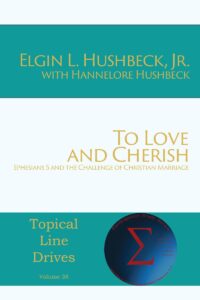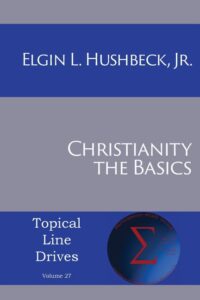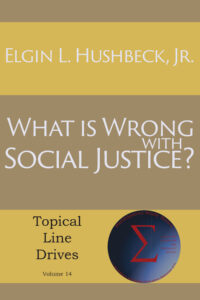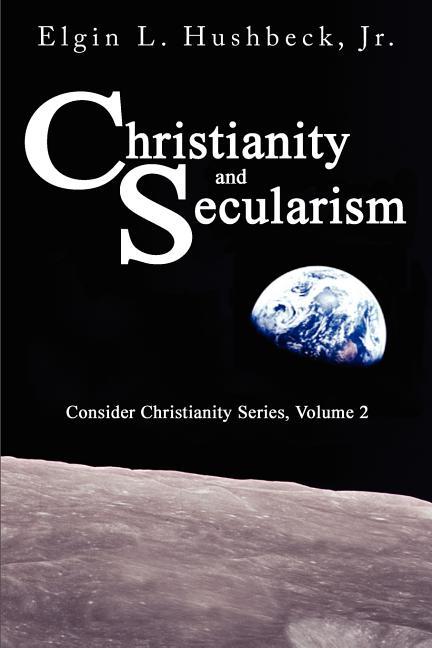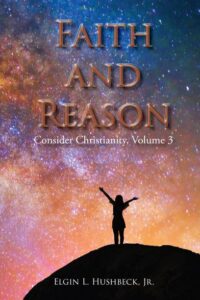The 72%-90%
Monday, June 27th, 2011 by Elgin HushbeckI have been reading a new book that I find both challenging and exciting. No, it is not the latest spy thriller, and in fact is not even a novel. It is non-fiction and on a subject matter that has been dealt with many times in the past. Yet it does so by challenging cultural norms that most have simply taken for granted, and probably have not even thought much about. What is exciting is the potential it has to impact the church and thereby the world at large, which is huge.
The book is Rite of Passage for the Home and Church: Raising Christ-Centered Young Adults, by D. Kevin Brown (Energion Publications, 2011), and from its title one might question my claims of a huge impact. A huge impact can only come in the face of a huge problem. A book on study habits for those who are B+ or A- students only has a limited room for improvement. A book aimed at failing students that can transform them into A students would be huge, not only for their grades, but on what that would mean for their lives as well.
The problem addressed in Rite of Passage is larger than just grades. To put it bluntly, the church in America, as a whole, is failing its young people. This is a tough message and one that meets with tremendous resistance. I know because I have been talking in my speaking and teaching for nearly twenty years and have met with everything from skepticism and denial to, in few cases, hostility. People point to their youth programs and how many children are being reached, and how many accepted the Lord at their last vacation Bible school as evidence that I am wrong.
Yet the statistics I have been following for quite some time, and which Brown points to in his book tell a different story. As Brown points out, while attendance at youth programs may be strong, numerous studies reveal a problem. “These studies … show that between 70%-92% of ‘Christian’ teens were dropping out of church and abandoning their faith, most by their 20th birthday.” (pg. 12)
What is really exciting is that Brown solution is both revolutionary, and yet not. It is revolutionary because it runs so counter to our cultural norms. In fact, many will find it just too radical and different. On the other hand, it is not revolutionary in that Brown is really doing nothing more than returning to scripture, and asking the question “What do the scriptures say about adolescents?” (pg. 21)
Considering all the books that discuss the scriptural approach to raising teens, the surprising answer is that the Bible is completely silent on the topic. The Biblical perspective is that you have two groups, children and adults, “with no stopovers at a place called ‘adolescence.’” (pg. 22)
Thus Brown argues for a revolutionary course of action, but one that should be music to every believer’s ears: That we treat our teenagers following the biblical pattern. Most of the book is aimed at defending this view and then laying out its implications which are many. This is revolutionary when compared to the culture at large, a culture that allows young adults to drift through their teen years with few expectations and no clear line of adulthood. The current view is neither biblical, nor even very old, only a 100 years or so. As you read through Brown’s book, the individual parts are not really very new or very revolutionary, except that they are rarely pulled together and applied to, or expected of, teens.
Another thing that is clear is that Brown is not proposing yet another youth program. In fact if applied in that fashion, it would probably fail. What Brown is proposing is a vast and long term change in perspective. Given the reluctance to even face the problem, Brown will certainly face opposition from some. That is just not the way we do it. That just will not work with today’s teens. The reasons will be many, but the conclusion will be the same. It just will not work.
To those who are concerned with the current 70%-92% loss among 18-20 year olds, Brown’s book will at a minimum be a welcome point of view and a must read. To those who are skeptical I would make the same challenge that I do in all my teaching on the Bible. You don’t have to believe me, or in this case Brown. Look at that biblical evidence he puts forth. Pray about the examples he cites. Look at how teens are treated in the Bible and what is expected of them. And reach your own conclusions as to what does the Bible say. Ask yourself, if your church’s youth program is patterned after the culture, or if it is patterned after the Bible?
In the end, agree or not with Brown, this is a book that should be read by anyone concerned with the church, and in particular with those in the teen years.
Note: Energion Publications is also the publisher of my books
